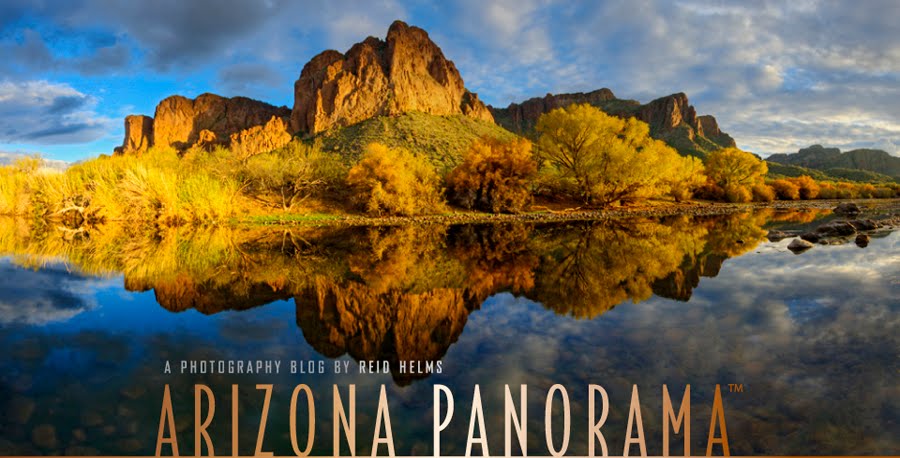2013 Supermoon Rising
Four Peaks was my destination for shooting the so-called Supermoon this year. I struggled with a suitable location, but decided on a saddle below the peaks. The drive from Phoenix is very entertaining as you wind through pristine Sonoran Desert and climb up the side of the rugged mountain. The road was better than I remembered too.
The saddle location afforded me both east and western views if I chose to shoot it as it rose in the east and set in the west. But I didn't spend the night. The tiny campground at the top was full and plenty of other people were also taking advantage of the conditions.
It was a while before I realized the moon had actually risen due to atmospheric haze and some light clouds on the horizon. Some 15 minutes had passed after it crested the horizon and I was able to see the moon.
I was surprised by all the confusion this year about the exact time the Supermoon would appear. I triple checked the date and time myself. It rose on Saturday, June 22 and set the next morning... Sunday the 23rd. It was only at 4:35am on Sunday that the moon achieved its full Super status and was at perigee with the earth. If I had waited until the moon rose on Sunday night, I would have missed it. The moon's phase would have been one cycle off, only 98% full and still a very nice moon, but really not that super at all.
There were plenty of photographers that did wait and missed the shot. I was really surprised that so many pro shooters couldn't figure this out. The news media kept saying it was on Sunday. And it was. Sunday morning at 4:35am. But so many thought that meant Sunday night and must have never checked the numerous sun/moon sites detailing the exact time schedule.
Last light and the rising Supermoon
I scrambled to find this interesting foreground element as the last light kissed the top of the closest hillside.
Supermoon and Earth's shadow
My final shots were taken as the Earth's shadow became apparent on the horizon. The dark blue band and darker distant mountains were accented by a warm glow of the setting sun.
There really isn't anything that special about the Supermoon. Even the term "supermoon" is a recent phenomenon. Okay, it appears brighter and is closer to the earth, but so what. The difference is imperceptible to the human eye. If you didn't know it was a Supermoon, you wouldn't think anything of it. The moon always looks big on the horizon as it rises. The size difference is only 16% from a normal full moon. 30% brighter is significant, but it always looks bright and the human eye compensates for this.
I think the big difference is how things are reported these days. Social media and the explosion of photography has everyone scrambling to shoot these kind of events. The moon is a very popular celestial object and has always had a large following. Something about the full moon stirs people's imaginations and awakens the mysteries of the universe to them. Having an object so close to our planet forces us to consider the possibilities and wonders of the universe. Human beings are creatures of adventure and exploration and once a month, the full moon lets each us do a bit of our own space exploration.
See my Fine Art America gallery for a variety of high-quality products from individual prints and canvas wraps to metal prints and frame and matted works of photographic art.
© 2013 G. Reid Helms / Arizona Panorama
All reproduction rights reserved





